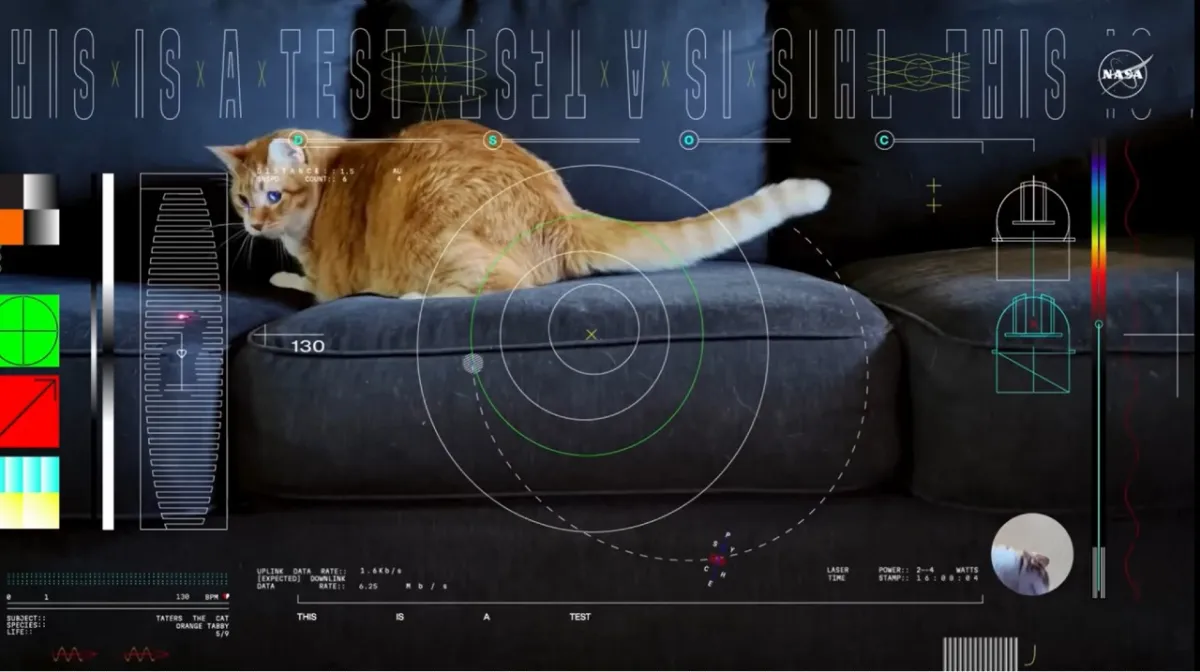One of the biggest hurdles when it comes to artificial organs and other implants is finding a way to power them. Some, like pacemakers, don’t use much energy, but the fact that they use energy at all means that they need a battery and have a fixed lifespan. When that battery dies, the pacemaker will stop working. Not a nice thing to think about if you have a pacemaker.
Granted, for currently utilized implants, there are batteries that tend to be strong enough to last for a long enough time. Still, battery power is something that could very well be holding implant technology back. Well, maybe not for long. A new biofuel cell developed by scientists at Joseph Fourier University of Grenoble can be implanted and then generate electricity, in perpetuity, from the oxygen and glucose present in the body.
Dr. Serge Cosnier and his team are the first ones who have been able to prove this concept by implanting a prototype cell into a living being and having it function. In 2010, a early model of the biocell was implanted in a lab rat where it stayed for 40 days, producing electricity all the while and having no visable side-effect on the rat’s health or behavior, a pretty promising success.
At the moment, the rat test has really only been a proof-of-concept. The rat, while remaining unaffected, was much too small to generate any significant current. The next step is to try a cow, which should produce enough energy to actually power some artificial devices. The biofuel cells being tested at the moment have a lot of potential already, but Cosnier says he is working on a new version which could have an output 50 times greater, some real power.
Of course, these biofuel cells have a big application in implantation and artifical organ power, but they have applications beyond that as well. Considering that the cells generate electrity from sugar and oxygen (from water), they present the possibility of powering devices that aren’t inside your body. If things go as planned, years from now you may be able to opt for sugar water power for your laptop if there isn’t an outlet available. It might not be practical for everyone, but it could easily provide power to areas with less than stellar electricity.
(via BBC News)
- There’s an artifical lung with a different approach; it’s heart-powered
- Germans have created artificial, 3D printed blood vessels
- Speaking of implants, how about some Pokémon subdermal implants?







